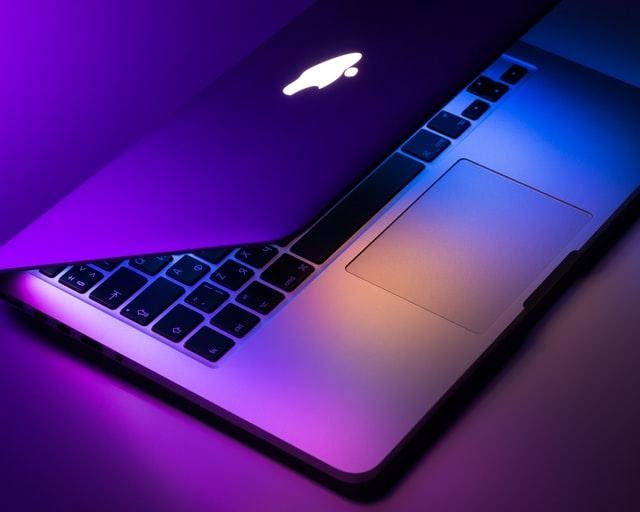If your MacBook charger won’t charge, it may be a number of things. You could be dealing with a faulty wall outlet, a broken cable, or a charging adapter. This article will walk you through each of these potential causes. If none of these fix the problem, read on to discover how to fix a MacBook charger that won’t charge. Hopefully, one of these tips will help you out!
Faulty wall outlet
First, you need to determine if your MacBook charger is plugged into a faulty wall outlet. Check the plug and make sure that it is not blocked by any obstruction. If it is, try using compressed air, a plastic dental pick, cotton buds, or a soft-bristled toothbrush to clean it. If your MacBook charger won’t charge, it could be the plug itself. To diagnose this, try using another power adapter or Apple power adapter extension cable.
If this doesn’t fix the problem, you may need to replace the charging cord. You can also try using a different wall outlet to plug your Mac into. If all of this fail, then the problem could be with a faulty wall outlet. In this case, you need to replace the charging cord. Once you have replaced the cable, you can now plug your MacBook into another electrical outlet.
Faulty cable
If your MacBook charger won’t work, you can check to see if the plug has a faulty cable. The connector may be worn or have stripped insulation. You can also look to see if the cable has worn insulating covers. If it does, you can replace the wires or plug with a new one. If you can’t find a replacement, you may be able to borrow a charger from a friend with a similar laptop.
In many cases, the problem is the plug itself. Over time, the cord may break or lose its protective plastic covering, which will prevent the MacBook Pro from receiving electricity. If this is the case, diagnosing the problem is easy. Look for the wires exposing or covering the cord, as well as any loose or cracked plastic. If you find any of these things, replace the connector or plug.
Faulty charging adapter
If you’re experiencing the problem of your MacBook battery not charging, you may have a faulty charger. This problem can be solved by rebooting the computer and reconnecting to a different power source. If this solution doesn’t work, you may need to replace the charging adapter. This problem can also be caused by line noise, which is a disturbance caused by stray electromagnetic signals. When the voltage protection detects line noise, the charging adapter automatically shuts down. Possible sources of line noise are refrigerators and ballast lights on the same circuit. If you’re concerned about line noise, you can try plugging your Mac notebook into a UPS or different circuit.
The power adapter may be faulty, or there may be an issue with the Mac. The adapter may not be compatible with the Mac or with the power outlet. Similarly, it may be dirty, causing the MacBook to not charge properly. To check if the charging adapter is faulty, clean the ports with an anti-static brush and a flashlight. If your charging adapter is dirty, you may need to purchase a new one.
Heat
A problem with a MacBook charger could be a result of a dirty cable or a dirty port. If the cord is not clean, the Mac won’t receive a proper electrical connection. You can clean the cord or the connector with a clean cloth or cotton swab. You can also apply isopropyl alcohol to the port or connectors to clean them. After cleaning, you should dry the cord or cable before using it.
Another common cause for a MacBook charger to overheat is the environment in which it is being used. In very warm areas, the large boxy part of the cord can get too hot. Apple designed adapters with automatic shutoff mechanisms, which can prevent this issue. If you have a hot environment, make sure that the adapter is in the shade or well-ventilated.
Degraded battery
If you’re experiencing a charging problem with your MacBook, you may need to replace the battery. However, replacing the battery alone may not solve the problem. There are other factors that can make the battery not charge, such as a faulty logic board. Here’s how to check if your battery is degraded:
Ensure that the power port of your Mac is clean. Sometimes, dust can clog the port and prevent your MacBook from receiving a clean signal. If you’re experiencing this problem, follow these steps to clear the port. Another possible problem is the battery draining quickly. It’s recommended to research this problem on reputable Apple forums, MacRumors, or call Apple support if you’re unsure of how to solve the problem.
Mac’s SMC
There are several common causes of a MacBook charger that won’t charge, including a dead battery, not being connected to the computer, or a faulty logic board. To resolve this issue, replace the battery, or repair the logic board. If you are unsure what’s causing the problem, consult your Apple manual to see if a replacement part is available.
Resetting the SMC can also resolve the charging issue. But if the fix does not work, you may need to visit an Apple Store or a MacBook repair shop to have your Mac fixed. In this case, it might be a good idea to first check your Mac for overheating. If your MacBook has a fan attached, you can try to place a fan near it or shut it down to rest. You can also try resetting the PRAM and SMC. However, this may be expensive and requires a visit to an Apple Store or AppleCare.
Follow Technoroll for more!





